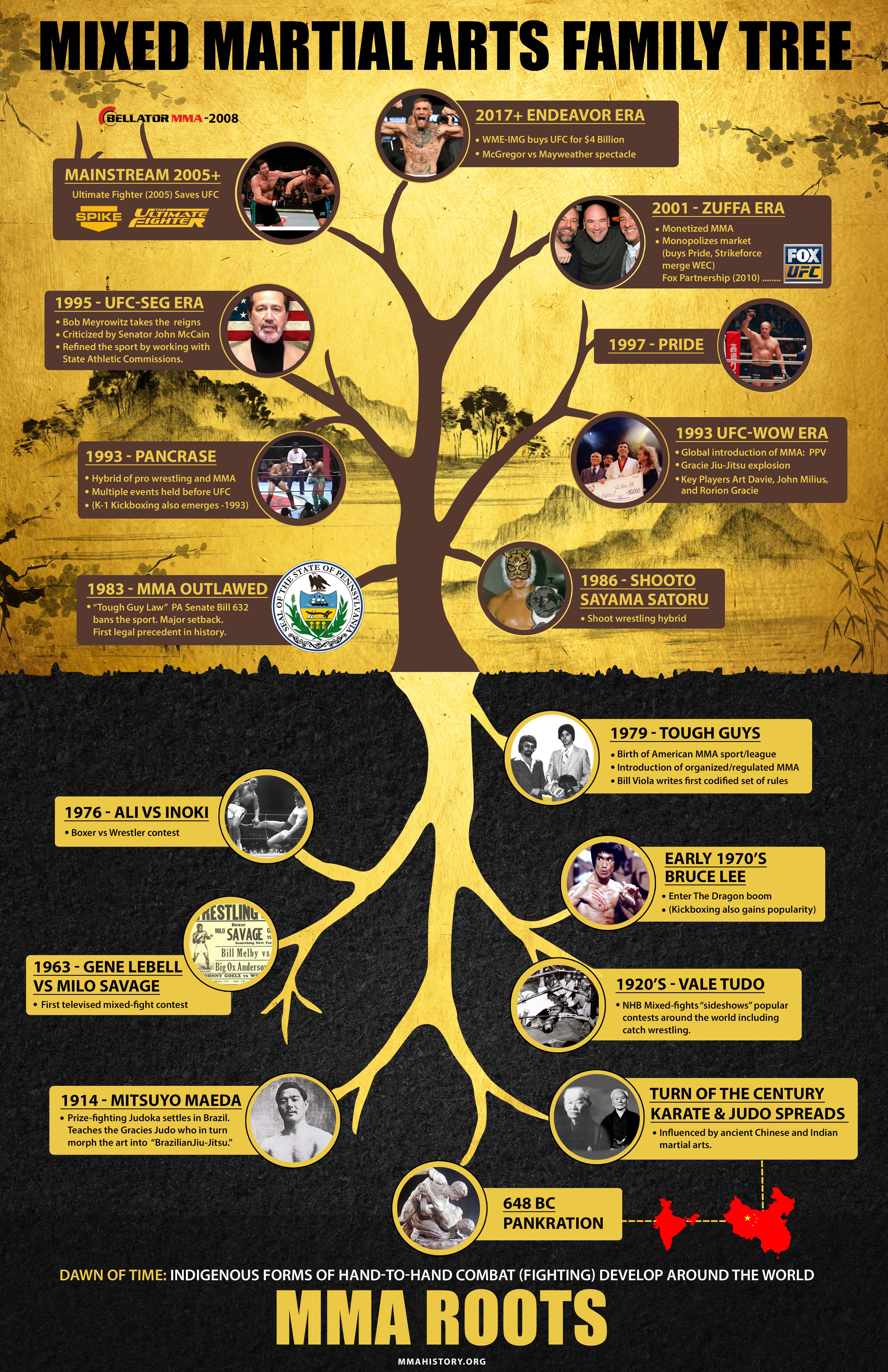A Relative Research Of Typical Martial Arts And Modern Combat Sports: Highlighting The Essential Differences
A Relative Research Of Typical Martial Arts And Modern Combat Sports: Highlighting The Essential Differences
Blog Article
Posted By-Thuesen Fink
When you consider martial arts, do you lean much more toward the conventional practices or the modern-day fight sports? martial arts or bodybuilding provides distinct benefits and experiences, formed by their philosophies and training methods. Typical martial arts emphasize individual development and self-control, while modern-day combat sports concentrate on competition and efficiency. Comprehending how much of the world does martial arts percent kids can direct you in choosing the ideal technique for your journey. Yet just how do these distinctions show up in training and ideology?
The Approach and Background Behind Typical Martial arts
While many individuals link martial arts with physical fight, the philosophy and history behind conventional martial arts run much deeper. You'll locate that these self-controls highlight personal development, self-control, and respect.
Originating from old practices, traditional martial arts were commonly developed for Self-Defense and spiritual advancement. They symbolize concepts such as equilibrium, harmony, and self-discipline, guiding practitioners beyond plain battling abilities.
As you train, you'll not just discover strategies but also obtain insights into the society and values that formed these arts. The rituals and practices, typically given through generations, promote a feeling of neighborhood and belonging.
The Competitive Nature of Modern Fight Sports
Modern fight sports have changed the landscape of martial arts right into a very affordable sector, where athletes take on in a test of skill, approach, and endurance.
You'll notice that competitors are usually organized with stringent rules and laws, ensuring fair play and safety and security. These occasions draw in huge audiences, fueling the excitement and strength of matches.
Professional athletes train rigorously, not just for physical prowess however likewise for mental strength, recognizing that every information counts in the ring. The adrenaline thrill during competitions is palpable, as competitors push their limits to claim success.
https://listen.sdpb.org/sports-rec/2023-03-14/kids-find-confidence-in-mixed-martial-arts and creativity entailed, making modern-day battle sports a thrilling phenomenon that remains to advance and captivate lovers all over the world.
Training Methods and Methods: A Comparative Analysis
The competitive atmosphere of contemporary combat sporting activities demands cutting-edge training approaches that differ considerably from traditional martial arts.
In modern-day training, you'll focus on particular techniques, sparring, and conditioning, typically utilizing drills that simulate real fight situations. You'll see a focus on measurable efficiency and constant competitors to assess your abilities.
In contrast, conventional martial arts focus on kinds, katas, and philosophical trainings, usually stressing self-control and respect over competition.
Training is typically less intense and may involve recurring method rather than real-time sparring.
While both strategies develop skill and physical fitness, modern-day combat sports supply a much more vibrant and versatile training atmosphere, preparing you for immediate difficulties in the ring or cage.
Select Suggested Internet site that lines up with your goals and interests.
Verdict
In selecting in between traditional martial arts and modern combat sporting activities, it actually comes down to what you value many. If you're seeking individual growth, technique, and a feeling of neighborhood, traditional arts might be your finest fit. However if you prosper on competition and real-time difficulties, modern-day combat sporting activities could be the means to go. Ultimately, both paths provide one-of-a-kind benefits, so it's all about straightening your training with your individual goals and interests.
